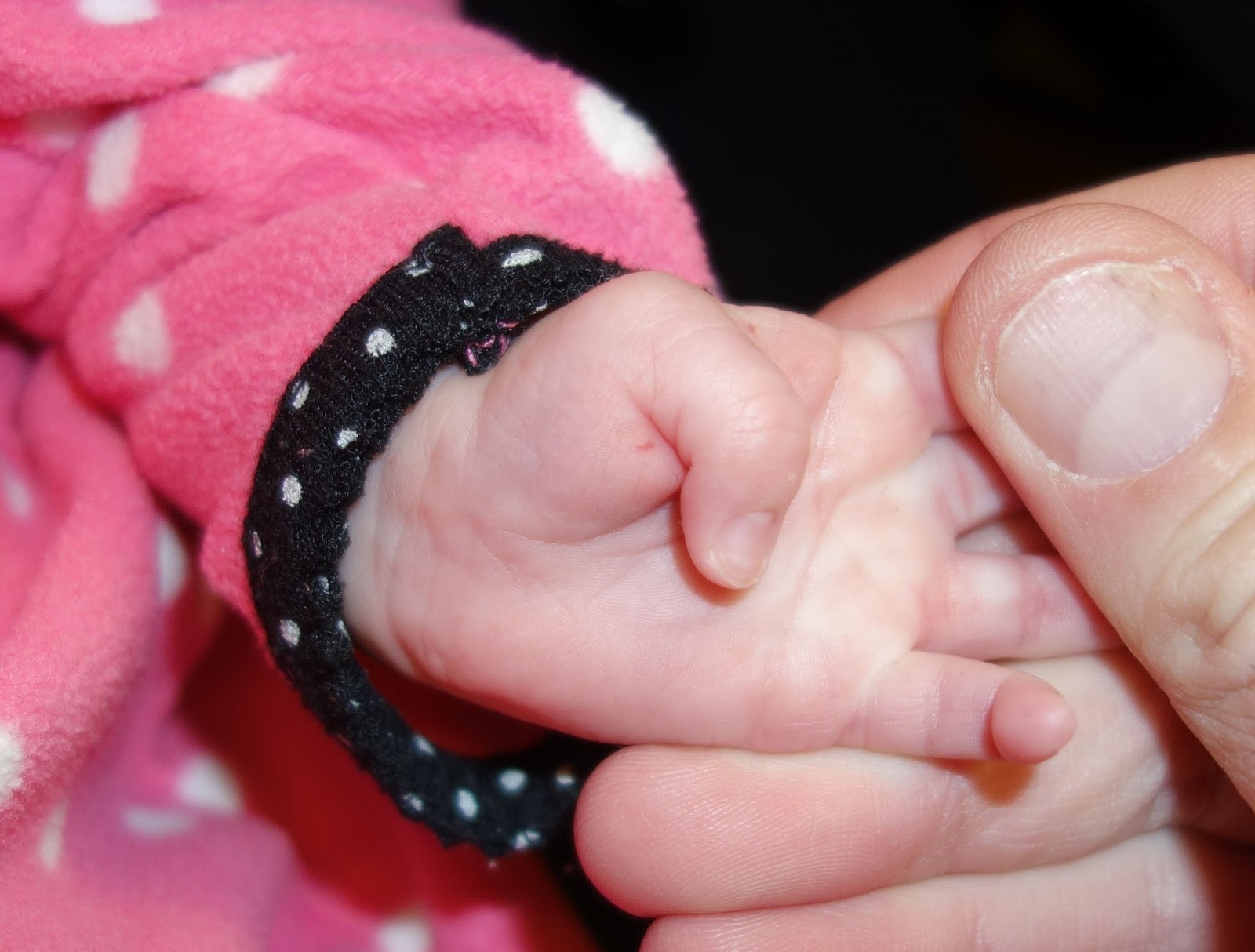
Ever wondered what connects ankyloglossia, heterochromia, and clasped thumbs? These three unique conditions might sound like something out of a science fiction novel, but they are real and fascinating aspects of human biology. Ankyloglossia, often called "tongue-tie," affects the tongue's range of motion. Heterochromia gives individuals different colored eyes, making them stand out in a crowd. Clasped thumbs, a lesser-known condition, involves the thumbs being naturally bent or tucked under the fingers. Each of these conditions has its own set of characteristics, causes, and implications. Let's dive into 20 intriguing facts about these captivating conditions and uncover what makes them so unique.
Ankyloglossia: Tongue-Tie Facts
Ankyloglossia, commonly known as tongue-tie, is a condition present at birth that restricts the tongue's range of motion. Here are some intriguing facts about this condition.
-
Ankyloglossia affects about 4-11% of newborns. This condition is more common than many realize, impacting a significant number of infants worldwide.
-
It occurs when the lingual frenulum is too short or tight. The lingual frenulum is the small fold of tissue that connects the bottom of the tongue to the floor of the mouth.
-
Boys are more likely to be affected than girls. Studies show that males are two to three times more likely to have tongue-tie compared to females.
-
It can cause breastfeeding difficulties. Babies with tongue-tie may struggle to latch properly, leading to feeding issues and discomfort for the mother.
-
Speech problems may arise later in life. If untreated, ankyloglossia can lead to articulation issues, making certain sounds difficult to pronounce.
-
Simple surgical procedures can correct it. A frenotomy or frenuloplasty can release the tongue, improving its movement and function.
-
Not all cases require treatment. Some individuals with mild tongue-tie may not experience any significant problems and may not need intervention.
Heterochromia: Eye Color Mysteries
Heterochromia is a fascinating condition where a person has two different colored eyes or variations of color within one eye. Let's explore some facts about this unique trait.
-
Heterochromia can be complete or partial. Complete heterochromia means each eye is a different color, while partial heterochromia involves different colors within the same eye.
-
It can be congenital or acquired. Some people are born with heterochromia, while others develop it due to injury, disease, or medication.
-
It is rare in humans but more common in animals. Cats, dogs, and horses often exhibit heterochromia, making them look even more unique.
-
David Bowie had heterochromia. The famous musician's distinct eyes were due to an injury that caused one pupil to remain permanently dilated, giving the appearance of different colored eyes.
-
It usually doesn't affect vision. Most individuals with heterochromia have normal vision and no associated health problems.
-
Genetic mutations can cause it. Changes in the genes that control eye color can lead to heterochromia, often without any other symptoms.
Clasped Thumbs: A Curious Trait
Clasped thumbs, where the thumb is held tightly against the palm, can be a sign of various conditions. Here are some facts about this intriguing characteristic.
-
Clasped thumbs can be a sign of congenital conditions. It may indicate genetic disorders such as Freeman-Sheldon syndrome or arthrogryposis.
-
It can affect hand function. Individuals with clasped thumbs may have difficulty with fine motor skills and grasping objects.
-
Physical therapy can help. Exercises and stretches can improve thumb mobility and hand function in those affected.
-
Surgical intervention may be necessary. In severe cases, surgery can release the thumb and improve its range of motion.
-
It can be detected early. Clasped thumbs are often noticed at birth or during early childhood, allowing for prompt intervention.
-
Not all cases are severe. Some individuals with clasped thumbs may have only mild limitations and lead normal, active lives.
-
It can be associated with other anomalies. Clasped thumbs may occur alongside other physical abnormalities, requiring a comprehensive medical evaluation.
Final Thoughts on These Unique Conditions
Ankyloglossia, heterochromia, and clasped thumbs might sound like rare conditions, but they each have fascinating aspects worth knowing. Ankyloglossia, or tongue-tie, can affect speech and eating but is often treatable. Heterochromia, the condition of having different colored eyes, is usually harmless and can even be a striking feature. Clasped thumbs, often seen in newborns, usually resolve on their own but can sometimes indicate underlying issues.
Understanding these conditions helps demystify them and fosters empathy for those who have them. Whether you're curious or directly affected, knowing the facts can make a big difference. So next time you come across someone with one of these unique traits, you'll have a better grasp of what they're experiencing. Knowledge truly is power, and now you're a bit more powerful.
Was this page helpful?
Our commitment to delivering trustworthy and engaging content is at the heart of what we do. Each fact on our site is contributed by real users like you, bringing a wealth of diverse insights and information. To ensure the highest standards of accuracy and reliability, our dedicated editors meticulously review each submission. This process guarantees that the facts we share are not only fascinating but also credible. Trust in our commitment to quality and authenticity as you explore and learn with us.


